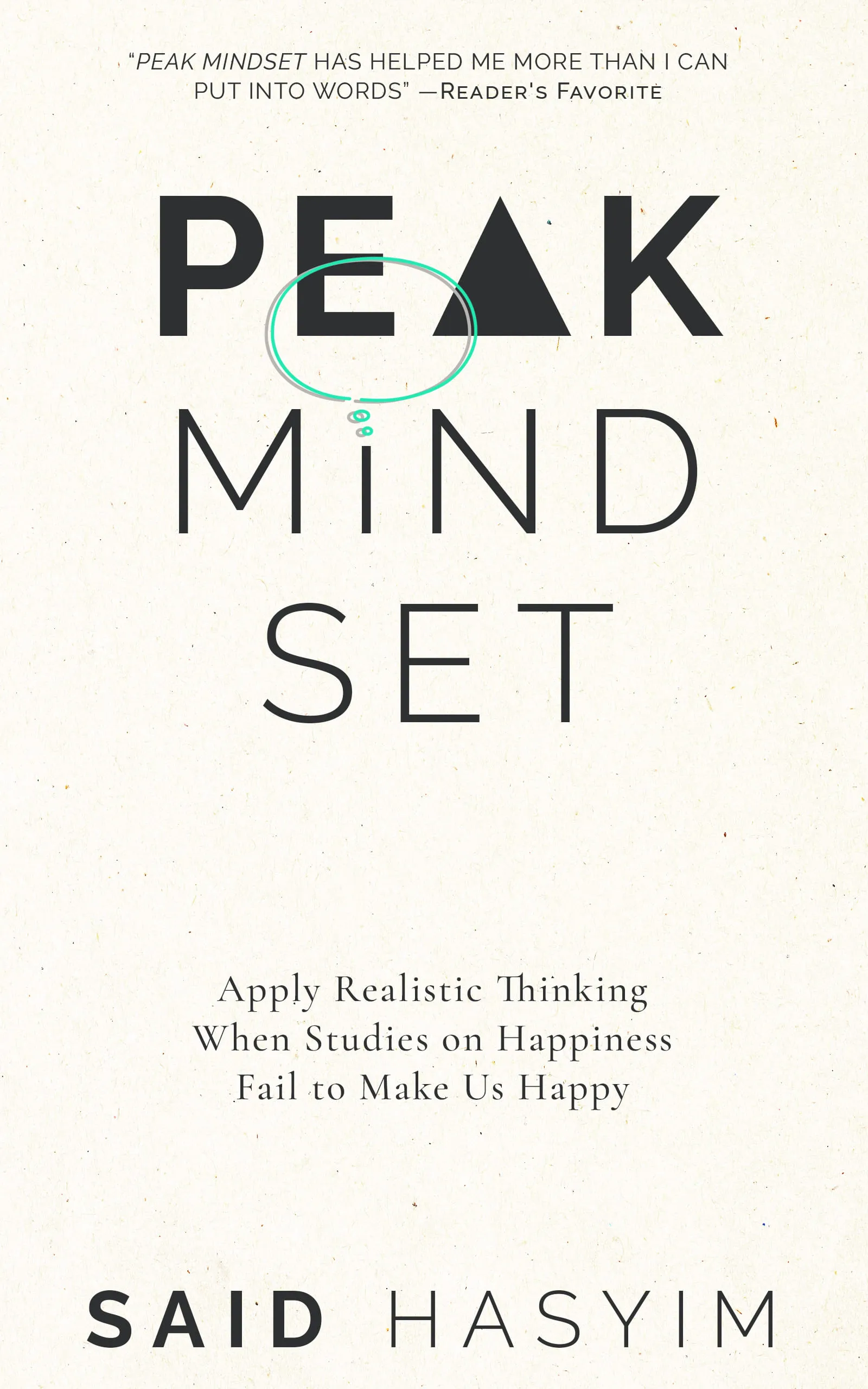Practical Steps for Realistic Thinking in Life
Realistic thinking is essential for navigating the complexities of life. It enables us to assess situations objectively, make informed decisions, and manage our expectations. In a world filled with information overload and conflicting opinions, honing our ability to think realistically can lead to improved problem-solving skills, better relationships, and a greater sense of fulfillment. This blog post outlines practical steps you can take to cultivate realistic thinking in your daily life.
Understanding Realistic Thinking
Before diving into practical steps, it’s important to define what realistic thinking entails. Realistic thinking involves:
- Objective Evaluation: Assessing situations based on facts rather than emotions or biases.
- Clear Goal Setting: Establishing achievable and measurable goals that align with reality.
- Open-Mindedness: Being willing to consider different perspectives and adapt your views when necessary.
- Resilience: Developing the ability to cope with challenges and setbacks in a constructive way.
Step 1: Cultivate Awareness of Your Thought Patterns
Self-Reflection Practice
Begin by reflecting on your thought processes. Are you prone to pessimism or optimism? Do you often make assumptions without sufficient evidence? Journaling can be an effective way to track your thoughts and identify patterns. Take time to write about your daily experiences, focusing on how you react to various situations.
Question Your Thoughts
Challenge your own beliefs by asking yourself questions such as:
- What evidence supports this thought?
- Is this thought based on facts or emotions?
- How might I view this situation differently?
Step 2: Set Achievable Goals
SMART Goals Framework
To make your aspirations more realistic, use the SMART goals framework:
- Specific: Clearly define what you want to achieve.
- Measurable: Outline how you will track progress.
- Achievable: Ensure that your goal is realistic and attainable.
- Relevant: Align your goal with your values and long-term plans.
- Time-bound: Set a deadline to create urgency.
Break Down Large Goals
Large goals can often feel overwhelming. Break them down into smaller, manageable tasks to facilitate progress and maintain motivation. This incremental approach can help you keep your expectations aligned with reality.
Step 3: Gather Information Wisely
Utilize Diverse Sources
Make well-informed decisions by gathering information from credible and diverse sources. This practice minimizes bias and enhances your understanding of various perspectives. Consider incorporating:
- Academic articles or studies
- Documentaries and expert interviews
- Reliable news outlets
Critical Evaluation of Information
Not all information is created equal. Assess the credibility of sources by considering:
- The author's background and expertise
- The date of publication
- The presence of references and citations
Step 4: Practice Mindfulness
Mindfulness Techniques
Mindfulness can help contextualize your thoughts and emotions in a more objective manner. Techniques such as meditation, deep breathing exercises, or simply taking a moment to observe your thoughts without judgment can foster a greater awareness of the present moment.
Journaling for Mindfulness
Maintaining a mindfulness journal can help consolidate your thoughts and feelings. Write down what you experience in a day, focusing on your emotional reactions and how they align with reality.
Step 5: Seek Constructive Feedback
Encourage Honest Conversations
Ask trusted friends, family members, or mentors for feedback on your ideas and plans. Encourage honesty to gain perspectives that you may not have considered.
Engage in Group Discussions
Participating in group discussions or forums related to your interests can broaden your understanding. Engaging with others allows for the exchange of thoughts and can help you compare your views to those of others.
Step 6: Embrace Failure as a Learning Tool
Shift Your Perspective
Instead of viewing failure as a setback, reframe it as a valuable learning opportunity. Analyze what went wrong and extract lessons that can inform your future decisions. This shift in mindset will help you factor in potential risks and challenges while maintaining a realistic outlook.
Celebrate Small Wins
Acknowledge and celebrate your small victories. Recognizing progress, no matter how minor, can motivate you to keep working toward larger goals while maintaining a grounded perspective.
Step 7: Stay Open to Change
Flexibility in Planning
Life is unpredictable, and being rigid in your thinking can lead to frustration. Embrace flexibility in your plans and goals. Adjust expectations as needed, and be willing to pivot based on new information or circumstances.
Continuous Learning
Cultivate a growth mindset by continuously seeking knowledge and skills. Attend workshops, take courses, or read articles on diverse subjects. Being adaptable fueled by ongoing learning can enhance your ability to think realistically.
Conclusion
Adopting realistic thinking doesn’t happen overnight, but through consistent practice, you can develop a mindset that fosters objective evaluations, informed decision-making, and resilience. By following these practical steps, you will navigate through life with a clearer perspective, enabling you to face challenges and opportunities with confidence and clarity. Remember that the aim of realistic thinking is not to stifle positivity but to promote a balanced view that prepares you for both the highs and lows that life has to offer.
Embrace the journey of cultivating realistic thinking, and you may find it brings a newfound sense of stability and fulfillment in your life. Happy thinking!
Leverage Your Mindset for a Fulfilling Life
Explore Peak Mindset, a book to leveraging your subconscious for a more fulfilling life. Gain insights into realistic thinking, money management, and stress resilience to make informed decisions. Discover pitfalls in conventional happiness advice and practical strategies for self-transformation. Unlock your potential and enhance your overall satisfaction.
